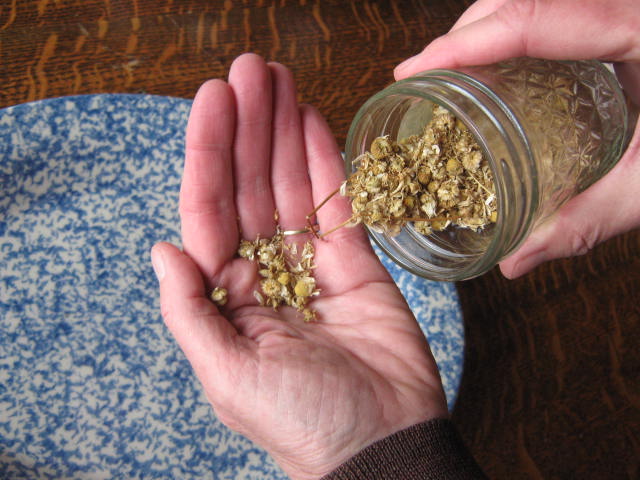We’re fast approaching garden tilling time. It’s not unusual around here to see gardeners preparing their soil by the first week of May. But the calendar is not the best indicator for deciding when to begin working your garden soil.
Tilling a garden at the wrong time can be damaging for certain types of soil. That is why it’s good to know when to till. Tilling too soon in the spring can be disastrous for a garden.
Gardeners make gardens in all types of soil: sand, loam, clay or, more often, a combination of two or more of these types. Short of hauling in new topsoil, there is nothing you can do to change soil type. Adding compost will vastly improve a soil’s ability to sustain plant growth but will not change the soil type.
Soil structure is different than soil type. Soil type refers to the size of the soil particles and the percentage of the different particles. Sandy soils have the largest particles while clay has the smallest, silt falls somewhere in between.
Soil structure refers to the arrangement of the sand, silt and clay particles in the soil. In soils with good structure , the soil particles are clumped together. That gives adequate space between the particles allowing water and air movement into the soil. That provides the ideal environment for plant growth.
Tilling too soon can destroy soil structure making it difficult for plant roots to grow. In the spring, the limiting factor is soil moisture.
Sandy soils are the most forgiving soil type. In a garden setting, sandy soils can be quite wet and still be tilled without doing much harm to the soil structure. On the other hand, loam or clay type soils are much more susceptible to soil structure damage caused by early tilling.
There’s a simple test you can do right in the garden to help you decide when it’s time to till your individual garden. Scoop up a handful of soil and roll it into a ball. Lightly poke it with your finger. If it falls apart easily, it’s OK to till. If the ball holds together it is too wet to till. Let the garden dry out and try the test again later.
By getting into the garden early you may gain a couple of weeks of growing time but make sure your garden soil is ready to start the same time you are.
Bob




